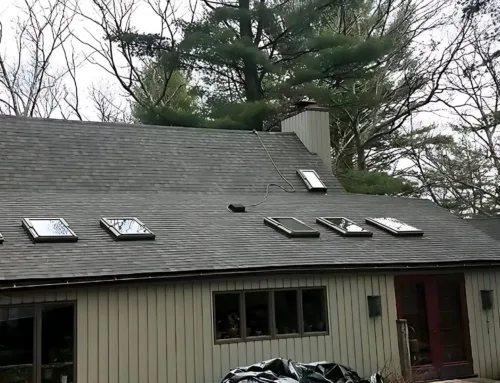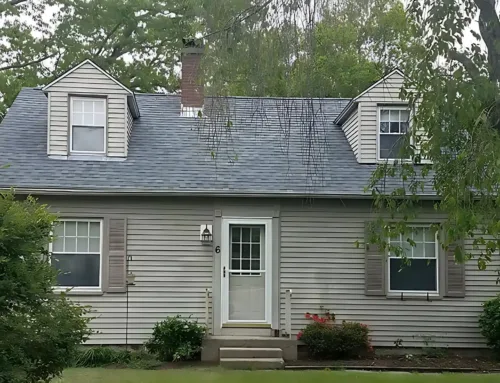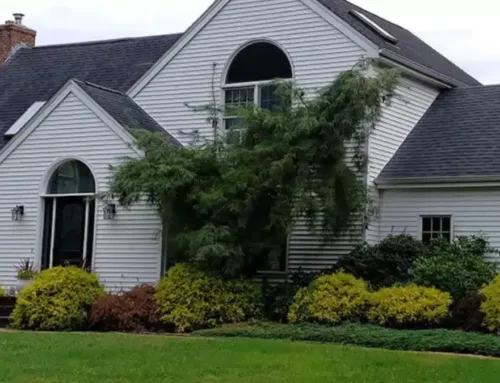A roof is susceptible to leaks, but some areas are at greater risk and therefore require roof flashing to provide extra protection. Flashing is used to direct water away from places where the roof plane meets a wall, a dormer, or another vertical surface. Water runs down the flashing to the shingles instead of seeping beneath the roof deck.
Flashing Materials
Roof flashing is usually made of metal that can resist rust. Galvanized steel is the most common choice because it is malleable and resists corrosion, although aluminum and copper are sometimes used. Occasionally, roof flashing is made from plastic, roofing felt, or rubber. Flashing can be manufactured in a variety of shapes to suit different needs.
Types of Roof Flashing and How They Are Used
Continuous flashing, or “apron flashing,” is a long piece of metal that carries water to the shingles below it. Continuous flashing is placed between a vertical wall and a sloped edge of a roof to protect the joint from leaks.
Drip edges are placed along eaves and rakes. They are used with roofing felt to prevent water from seeping underneath.
Valley flashing is a W-shaped channel that protects a valley on the roof where two planes meet. It is placed on top of the building felt and then covered with the roof’s finishing material.
Vent pipe flashing has a cone shape and a flange at the base. It is worked into shingles and used to protect flues and pipes.
Step flashing protects areas where the roof meets the sidewalls of the chimney, skylights, and dormers. It consists of a rectangular piece of metal bent at a right angle in the center. Pieces of step flashing are worked into shingles in layers so each section overlaps the section below it to carry water away from the wall. The vertical edge of the flashing may be tucked under siding, or it may be capped by counter flashing that is embedded in a chimney mortar joint and seals the top of the flashing.
Kickout flashing is placed in the gap between step flashing and gutters to direct water into gutters.
Skylights sometimes have integral flashing. If they don’t, roofers may purchase skylight flashing or create their own at the job site.
Get a Quote for Roof Repair or Replacement
The roof is one of the most important parts of your home. If it needs to be repaired or replaced, you want to be sure that you hire professionals who will do the job right. JS and R Roofing can inspect your roof, assess its condition, recommend the appropriate repairs, or tell you if it’s time to replace it. Contact us to request an estimate








